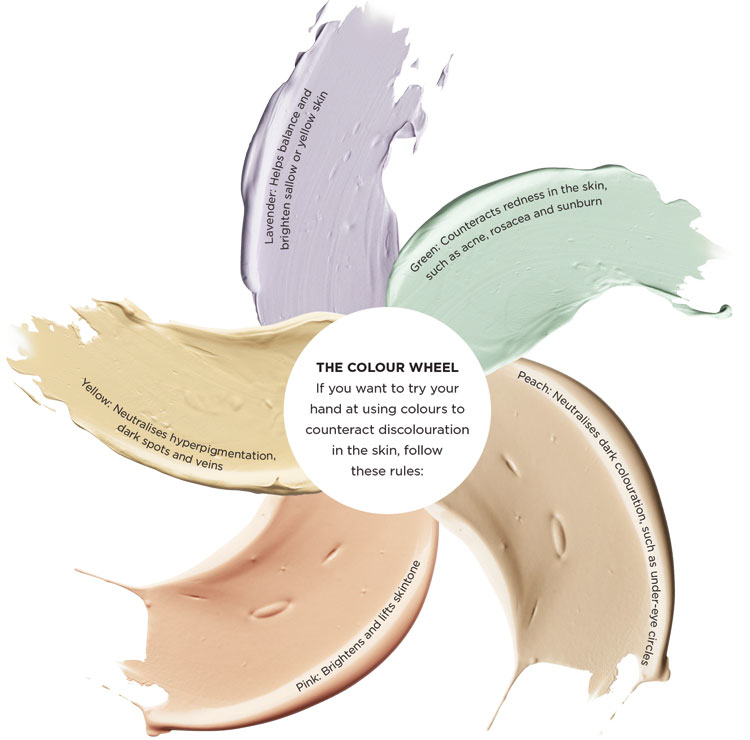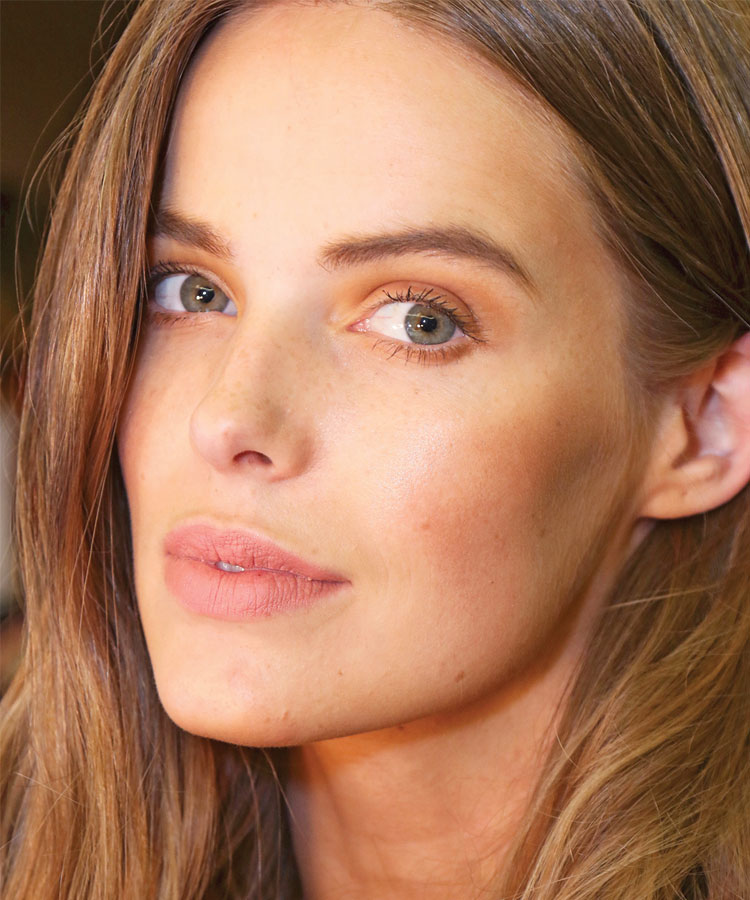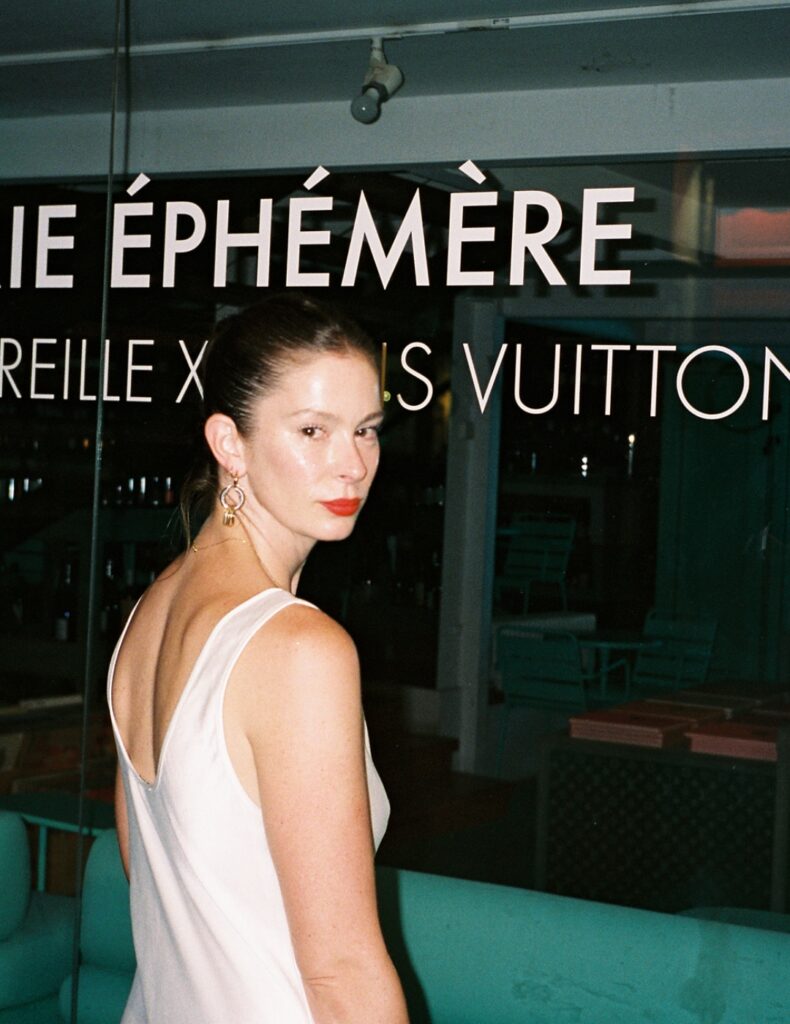Achieving a flawless complexion has never been so enticing, with pretty pastel tones made to perfect.
To help you navigate the confusing colour wheel, Lucy Slight asks the experts about the protocols of colour correcting…
Candy-coloured correctors are coming in hot, not only with beauty vloggers and Instagram makeup maestros, but in the mainstream, too. When, in the space of two weeks, no fewer than 10 colour correcting palettes, primers and creams made their way across my desk, I knew it was a topic that needed addressing. Pretty as a picture and perfectly capable of concealing any concern, these products do so much more than spruce up your makeup bag.
Colour correcting, for the uninitiated, is the technique of using products that help to camouflage discolouration – think under-eye circles, redness, pigmentation and bruising. While that may sound simple, it’s not something you want to dive into without experimentation; it pays to seek advice to ensure you achieve a flawless finish. Bobbi Brown pro artist for the UK and Ireland, Amy Conway, sees the appeal in utilising the colour wheel (see below) because each colour has a direct route to the skin issue it will counteract.
“Yellow is a brilliant way of brightening and neutralising redness, giving a soft finish without blocking out all of the skin,” says Amy, who prefers to use yellow-based products than green. “The thing is with green, it can look quite heavy and overdone. We want to keep all of that glow and the skin’s texture coming through, but we don’t want to see makeup.”

Amy says if she has pink, peach and yellow correcting products in her kit, she can do anything for anyone. “I find that every woman needs a little bit of pink in her makeup bag, no matter how much it scares her – it’s a brilliant way to brighten anything,” she says. “CC creams are very popular for having a pink tone, as they naturally brighten the skin without giving any sallowness. Peach helps to take out brown tones and pigmentation.
If you want to cover redness or pigmentation using brighter colours in the wheel (the greens and purples), apply over moisturised skin in daylight – not artificial light – to make sure the product is blended seamlessly into the area you’re correcting. Foundation applied over the top will help to further even out your skin tone. Start by concentrating on small areas of the face, such as breakouts and under-eye circles. A dab of green concealer applied to an angry blemish, worked back to your skin tone with a neutral concealer and powder, really can work miracles.

1. L’Oréal Paris Nude Magique CC Cream, $29.99. 2. MAC Prep + Prime CC Colour Correcting SPF30 in Adjust, $54. 3. Dior Flash Luminizer Radiance Booster Pen, $80. 4. Maybelline New York Face Studio Master Conceal, $19.99. 5. Synergie Eyebrite, $55. 6. Australis Colour Correcting 4-in-1 Compact, $16.90. 7. Elizabeth Arden Pure Finish Mineral Powder Foundation SPF20, $72. 8. MAC Prep + Prime CC Colour Correcting Compact in Neutralize, $54. 9. Innoxa Colour Correcting Palette, $29.99. 10. Colorescience Mineral Corrector Palette in Light to Medium, $82.80.
Celebrity makeup artist and member of Simple’s Advisory Board, Craig Beaglehole, says using the right foundation for your skin’s undertones is a simpler way to colour correct. Look for foundations that are either pink or yellow-based, depending on your skin’s natural tone. “MAC Face and Body is a sheer foundation that I love. The C shades are more yellow-based and the N shades are pink-based, so it’s easy to blend with your natural hue,” he says.
“I think for me, the colour correcting business was big when foundations weren’t as advanced, but foundations do the job for you now – it’s just not always easy to find the right one.” Craig recommends going to a makeup counter and asking for a sample pot to take home and try for yourself. “See how it feels,” he says. “You’ll know quickly if it’s the wrong shade.”
Likewise, Kay Roby from Osmosis Skincare believes mineral makeup can correct many skin issues. “The highly pigmented minerals offer the coverage needed, which is really what will do the job,” she says, adding that it can take a lot of practice to become adept at using coloured products on the skin. “Sometimes, those products can seep through foundation and you can see the green, yellow or orange hues, which is not very flattering.”











